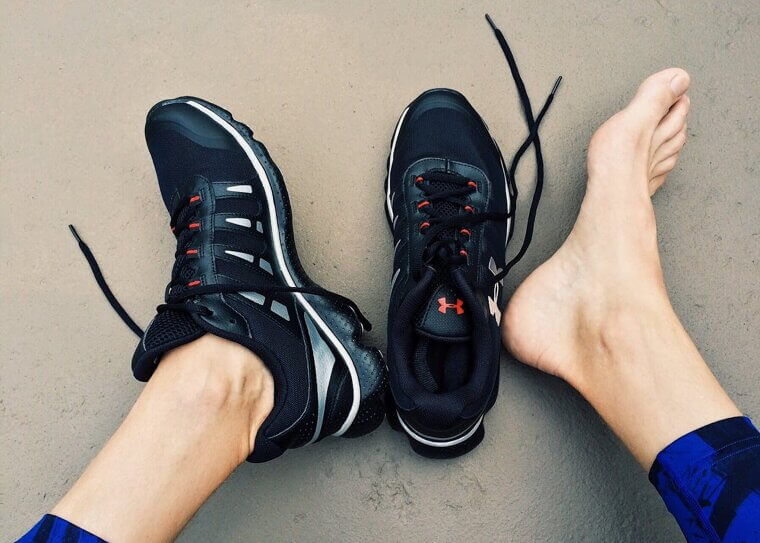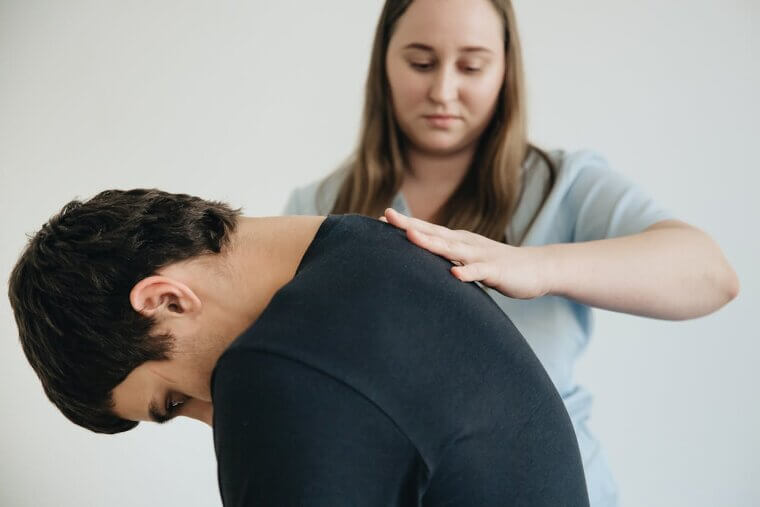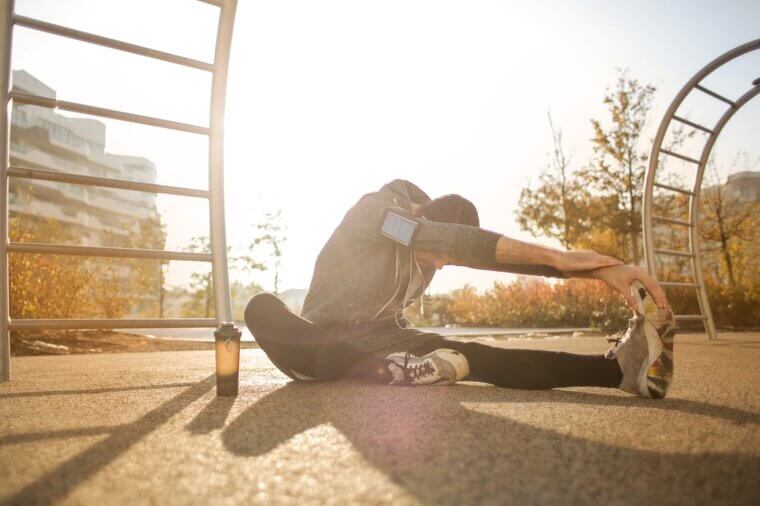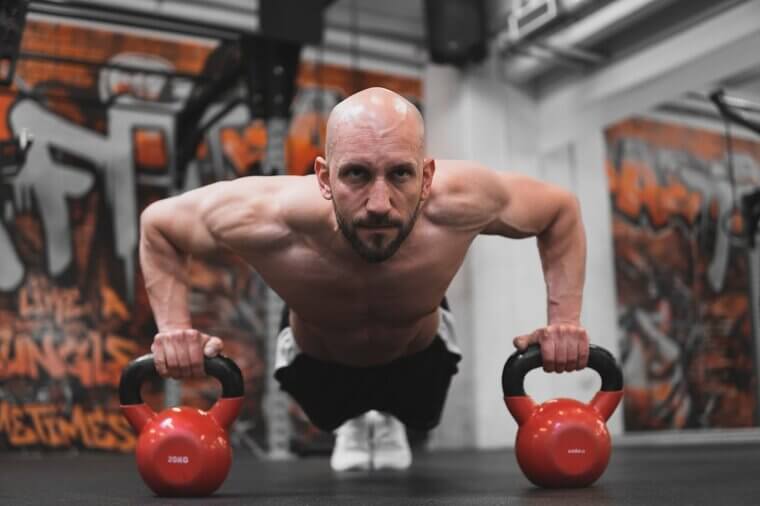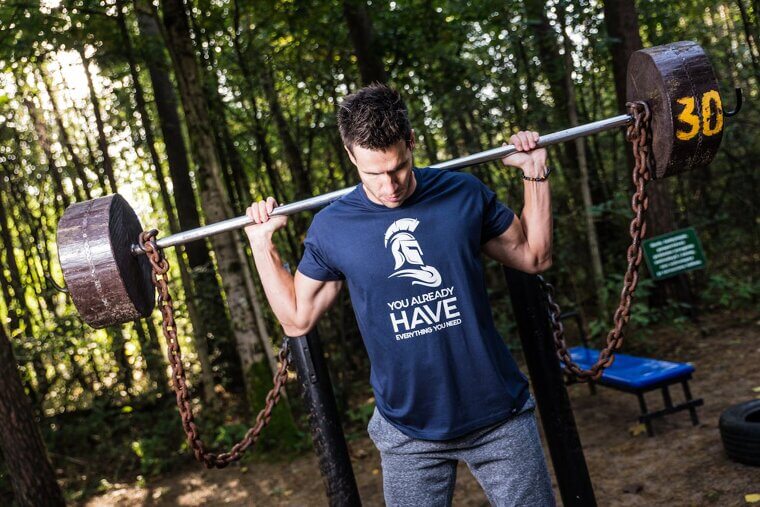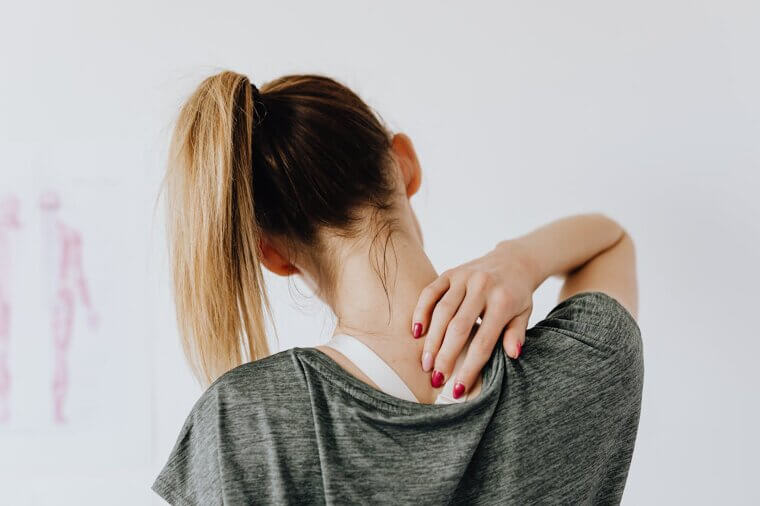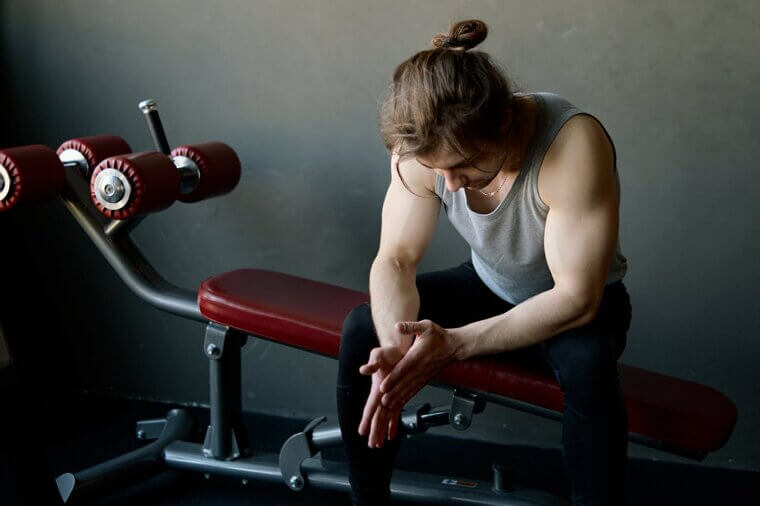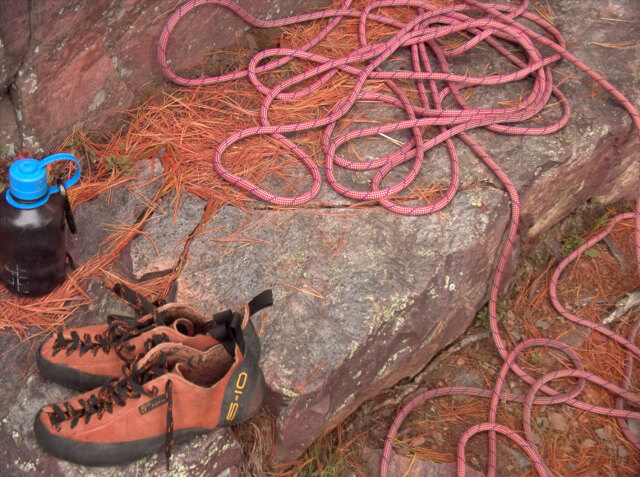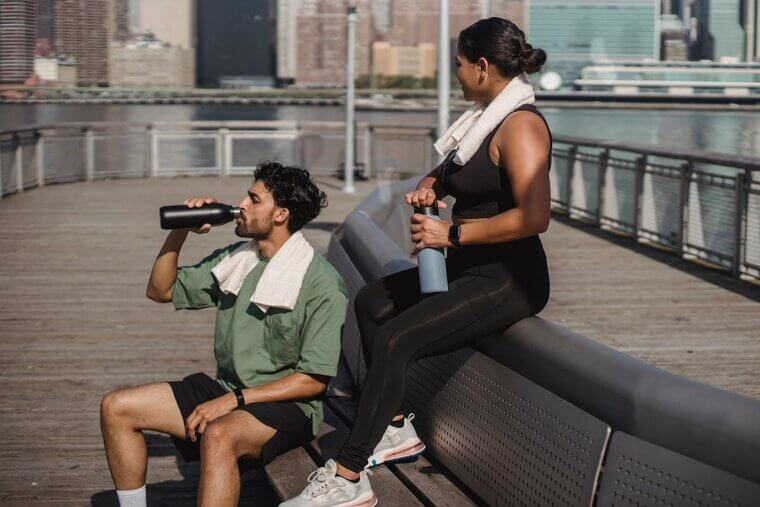Sitting With Legs Crossed
It’s probably one of the most comfortable positions you could sit in, but doing it all day can twist hips, misalign knees, and shift spine posture. A simple fix, such as alternating positions or sitting with both feet on the floor, can help joints rest in more neutral and balanced positions.
Being Overweight or Obese
It's a simple case of mechanics; extra weight puts an enormous amount of pressure on your joints, particularly your knees and hips. For every extra pound you carry, you add about four pounds of pressure to your knees, which accelerates the wear and tear of the protective cartilage.
Wearing the Wrong Shoes
While those sky-high heels or worn-out flats might look good, they can throw off your body's natural alignment. Unsupportive footwear alters your gait, which can lead to undue stress on your ankles, knees, and hips, causing pain and even long-term damage.
Every little thing can make a big difference!
Every little thing can make a big difference!
Poor Posture
Yeah, it’s a bad look. But even more than that, it's a direct assault on your spine and neck joints. Slouching at your desk or while scrolling on your phone puts uneven pressure on your vertebral discs, which can lead to misalignment and chronic pain. Fix that posture!
Skipping Warm-Ups
Thinking about working out? Great! Planning on skipping warmup? Bad idea. Your muscles and joints need to be gently prepared for activity, but when you jump right into intense exercise, you put unprepared joints under immense stress, which can lead to sprains, strains, and tears.
Overdoing High-Impact Exercise
Not all movements are created equal. Some high-impact activities, such as jumping or sprinting on hard pavement, can be tough on your knees and ankles, especially if you have a history of joint issues.
What’s the worst kind of pain in life? Back pain…
What’s the worst kind of pain in life? Back pain…
Lifting With Your Back
Carrying boxes, furniture, or even groceries is a great way to get a mini-workout. However, if you lift in the wrong way, it could lead to bigger problems. The proper technique is to bend at your knees, not your back, and use the powerful muscles in your legs to lift heavy objects.
Ignoring Pain
If you’ve got a recurring pain in your joint, it may be your body's way of sending a distress signal. Ignoring pain can worsen an existing issue and potentially turn a minor problem into a major, long-term one.
Poor Diet
You are what you eat, and unfortunately, the modern diet is loaded with processed foods, sugar, and unhealthy fats that can cause a wave of inflammation throughout your entire body. Making small changes, like swapping soda for water, can help reduce systemic inflammation and protect your joints.
Even simple things like drinking water can make a difference!
Even simple things like drinking water can make a difference!
Dehydration
Water makes up 50-75% of the human body, so this should be a no-brainer. The cartilage and synovial fluid that lubricate and cushion your joints are made mostly of water. Not drinking enough can reduce this natural cushioning, causing bones to rub against each other, leading to friction and pain.
Lack of Core Strength
You know all those gym influencers talking about having a strong core? They’re absolutely right. A weak core can lead to an unstable spine and pelvis, forcing your limb joints, especially the hips and knees, to work overtime to compensate.
Prolonged Kneeling
Kneeling for chores such as gardening, cleaning floors, or fixing things can put pressure on your knee joints and the fluid-filled sacs, known as bursae. This prolonged stress can lead to inflammation and pain, a condition known as bursitis.
Bad news for people who sit with their legs crossed…
Bad news for people who sit with their legs crossed…
Using Worn-Out Sports Equipment
Your favorite pair of running shoes might feel like an old friend, but if they've lost their cushioning, they're no longer doing you any favors. Worn-out equipment transfers more shock and stress directly to your joints and can increase your risk of injury and pain.
What if you’ve been sleeping wrong this whole time?
What if you’ve been sleeping wrong this whole time?
Sleeping in Awkward Positions
Twisted necks, tucked shoulders, curled knees; the way you sleep matters, and sleeping in weird positions can put a surprising amount of strain on your neck, back, and hip joints. Also, if your mattress or pillows don’t provide proper support, you might end up with unnecessary stiffness and pain.
Constantly Looking Down at Your Phone
The "tech neck" is real, and it’s coming for all of our cervical spines. Tilting your head to look down at your phone puts excessive strain on your neck joints, leading to stiffness, pain, and even long-term posture issues.
Skipping Cool-Downs
It’s like a warm-up, but the opposite. Cool-downs (gentle walking, light stretching) can help joints, muscles, and ligaments ease back into a resting state, preventing stiffness and soreness. It's a simple, yet essential, part of any exercise routine.
Are you getting enough sleep?
Are you getting enough sleep?
Not Getting Enough Sleep
“Beauty sleep" isn’t just about beauty; it is also about joint repair. Your body works to repair and regenerate tissues while you’re sleeping, and a lack of restorative sleep can impair this process. Without enough sleep, joints and muscles can lose resilience, making you more susceptible to inflammation and joint pain.
Chronic Stress
When you’re stressed, your body releases hormones that can trigger inflammation, which can lead to chronic inflammation throughout the body if left unchecked. Finding ways to manage stress, like meditation or yoga, can be a joint-saving strategy.
Leading a Sedentary Lifestyle
Sitting and lounging around all day may seem harmless, but your joints secretly dread it. A lack of movement weakens the crucial muscles that support your joints, leading to stiffness and instability.



